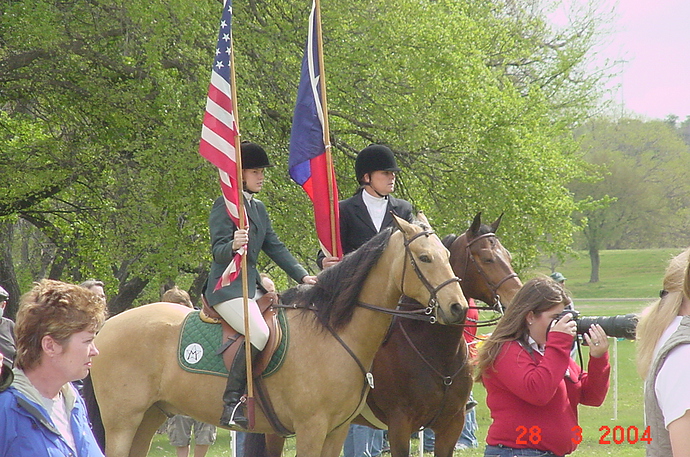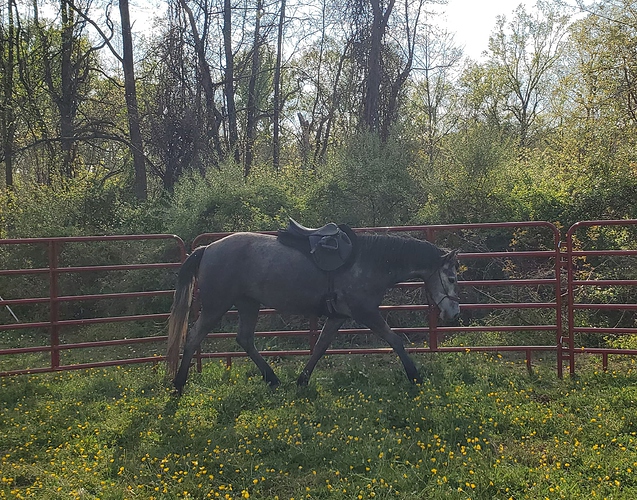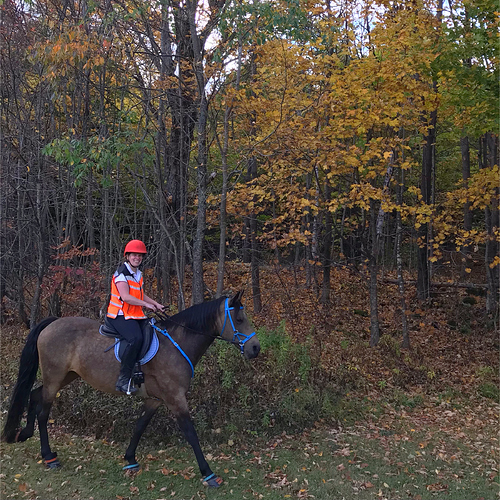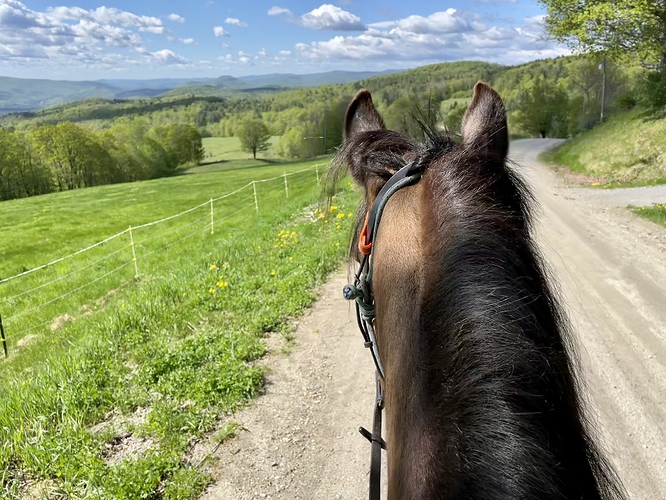The tragic end of Clanter’s (Clanter’s daughter’s) Socrates was not only a shock but a reminder of how precious these gorgeous, trusting creatures are to each of us. Such news hits owners and breeders alike so very hard which I must admit I recently was informed of such a passing of one I had sold (I bred Welsh Cobs) to his forever owner. She went to the extent of sending him to surgery but it was too late. He though was 18 and had lived a very pampered life thanks to her fantastic care. I think as breeders that is all we ask. A few years ago, I had to make the tough decision to retire my breeding program and just focus on riding the few that I had retained after selling the majority of my horses, cobs and ponies. Then covid came.
I have read and kept on eye on Prairie Hill’s breeding program for several years even before Clanter’s daughter acquired her gelding (I come from a large extended family who bred Morgans, more for work than show). There are many small Morgan breeders who do a wonderful job producing safe, athletic, all-rounders as well as specialists in their chosen (by their handler) discipline and Prairie Hill is just one. I was always mesmerized by the gaggle of friends (Morgan breeders) that my grandfather knew and hung out with at the various fairs and shows where I tagged along and watched. I strayed away from family tradition when I went the path of the Welsh Cob but found a Morgan or two during those years to add to my program and kept an eye on the sport Morgan movement.
When the first summer of Covid lockdown found me bored and having a wee bit of extra cash from all the lessons and shows I did not attend, I ended up purchasing a Morgan of my own for riding and developing as a sport-type. The breeder whose stock I had watched for a while had just gelded her 3 year old herd sire prospect. She had decided with two senior stallions still healthy and producing it was not the time to keep another. The first day she posted the ad, I contacted her. Two weeks later I owned a just gelded 3 year old Morgan who knew only how to halter, lead and stand tied. He was well handled but the breeder had too little time to do much else to that point. She graciously let me have him for a song.
I knew when I went to pick him up and he loaded on a trailer for the first time (never mind never having hauled) without issue I had picked the right one. Flash forward 2 years later and after starting him myself, doing hundreds of miles on the trails, and hauling out to a lesson or two, I took HTBF Colonel Brandon to his first recognized dressage show yesterday. Brandon had not had the advantage or experience like my others going to numerous schooling shows, again thanks to covid and the economy. Still throwing caution to the wind because this guy has acted like he was born broke, I took Brandon to a rather chaotic venue for his first time, without any of his buddies in tow. Most horses would have completely lost it; but, Brandon has always been a ‘people first’ kind of horse.
His first test was training level test 2 inside the big Equidome. Hilda Gurney was our judge. Poor Brandon entered the arena without question only to find out that there were no other horses in sight. Let’s just say that there wasn’t any naughty behavior at all, the transitions all happened where they were supposed to, and most if not all of the movements started out with a horse in the appropriate contact at that level…but Brandon called out during the entire test. We had Hilda in stitches, and I must confess that I was giggling too because what else can one do? Well we got out of there with a 60 and comments of ‘such strong lungs!’ and ‘tactful riding’ LOL. The test was nothing but obedient and memorable 
Our next test was training 1 and it was in the North Hall which had two dressage courts side by side. This was much less daunting to Brandon except when a pigeon flew down center line directly towards us as we were approaching ‘X’. He held is ground though and the pigeon yielded to our mass LOL. We ended up with a 65 and change.
My goals were to get Brandon introduced to the show ring, not have any unscheduled dismounts, not get eliminated and to build his confidence. I owe a lot to his breeder, Hassayampa Sport Morgans, for simply producing such a levelheaded, people-oriented, sound and sane guy. The breeder may not have had the time to introduce him to tack or train him to do much other than respect his handler and lead/stop/tie, etc but like her others (which I’ve seen) her selection of crossings, instillment of manners, and exposure to just plain life gave me the opportunity to take a green bean to a level 3 dressage show for his debut and be able to laugh and have fun.
I’m often asked by people to keep an eye out for solid equine citizens that can still be had by those on a budget. Many insist that they’re none to be found. I remain shocked that Morgans continue to be the American hidden gem. It does take some searching to uncover the smaller breeding operations but they’re out there and, yes, many must be purchased as youngstock. Whether you can train your own or pay to have it trained, this breed does present some fun-filled options.


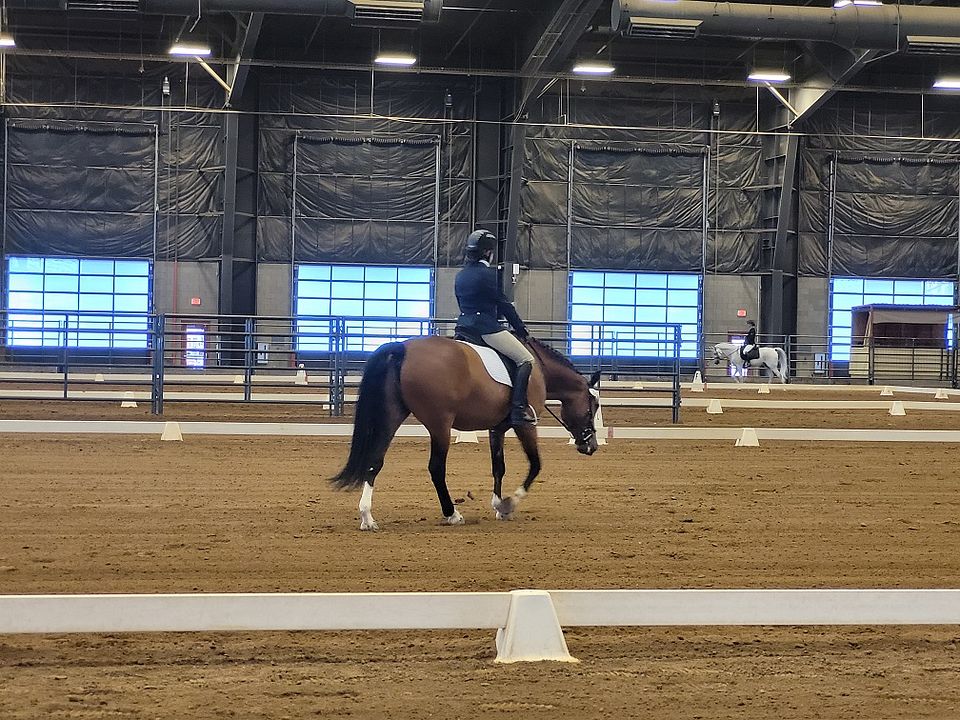
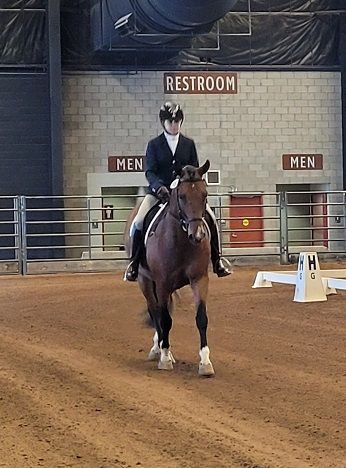
 ) I bought my first registered Morgan from a small local breeder. However my next and current Morgan was born in Texas and traveled through Tennessee, Florida, and New Jersey before I got him as a green six year old. You never know where you will find them.
) I bought my first registered Morgan from a small local breeder. However my next and current Morgan was born in Texas and traveled through Tennessee, Florida, and New Jersey before I got him as a green six year old. You never know where you will find them.